Winning with People-Based Competitive Advantages
-3-1.png?width=1024&name=HR%20Blogs%20(3)-3-1.png)
Competitive Advantage
kuhm·peh·tuh·tuhv uhd·van·tuhj
“A condition or circumstance that puts a company in a favorable or superior business position.”
Deep financial pockets. Market reputation. Trade secrets. Intellectual property. Location. All of these exemplify competitive advantages. Any attribute enabling a company to outperform its competitors acts as a competitive advantage. When seized upon, such advantages yield greater profit margins. They do not have to be complex, but they must be unique and specific to an organization. According to the Corporate Finance Institute, to truly be a competitive advantage, it “must be difficult, if not impossible, to duplicate. If it is easily copied or imitated, it is not considered a competitive advantage.” Sure, having a mechanical pony costing only a penny may attract kids into a store, but it is easily replicated. Yes, placing “buy-one, get-one free” coupons on car windshields will raise brand awareness, but this is easy to do. What is key to having a competitive advantage is that it is very difficult to duplicate. It creates leverage in the marketplace for a single entity. Oftentimes, there are many under-explored competitive advantages to consider related to “people.” When explored and leveraged, “people-based” competitive advantages can propel an organization to greater success.
Here are some examples of how an organization can create “people-based” competitive advantages.
When an organization TRULY knows who it is and clearly states its purposes (mission, vision, values), good things happen. When it operationalizes its purposes into core behaviors, actions, and plans, great things happen! Such alignment and clarity creates a compelling culture. Compelling cultures are cultures that attract the right people and repel the wrong people. Such organizations create hiring practices that clearly articulate their core DNA and screen out candidates, who are not a fit. These organizations clearly align each job to the core purposes and outcomes. When aligned, there are ongoing clarity mechanisms (e.g.—1:1 coaching sessions, recognition and reward programs, corrective action plans) to consistently bring clarity, alignment, and accountability.
2. Generational Synergies
In most workplaces, there are anywhere from three to four different generations working alongside each other. There are Baby Boomers (born between 1943-1964), Gen Xers (1965-1980), Millennials (1981-1996), and Gen Z (1997-2012). Each generation has a unique mindset, value set, communication style, and numerous preferences. This is a recipe for conflict. Organizations that find ways to drive synergies amongst various generations will find advantages. When trust is a key ingredient in an organization, people of different walks of life can engage in healthy conflict, which often leads to greater innovation, creativity, and excitement! What are you doing to build true teams composed of diverse age groups as oppose to mandating groups of individuals complaining about one another?
3. Clear Communication
Anywhere you find more than one human interacting with another one, you will find communication challenges. For each additional person, communication challenges multiply. Think about your organization. How many people are there? How many daily decisions does each person make? How many communication channels (e.g.—email, phones, carrier pigeons) do you use? Each variable brings greater complexity. Workplace communication problems have the potential to have a negative impact on morale, productivity, cross-functional work team relationships, and other dynamics. When left unchecked, turnover increases, mistakes go up, organizational reputation goes down, and toxicity enters the workplace. Organizations that create clear, concise, unified, consistent, and effective communication structures work faster. Great communication is a hallmark of building trust. When trust increases, organizations experience positive and negative metrics in the right categories.
Where is your organization’s focus? Does it reward inputs, or does it prize outputs? Is there pressure to recognize activities with little connection to results? If so, this is an input-based culture. Such cultures reward things like hours worked, vacations missed, and disconnected/unaligned activities. It appears that the business is doing well, but core needs are not being met. In an output-based culture, outcomes and results trump activity. Yes, activities matter. BUT it is vital that the right activities are being done that lead to intended results.
5. Willing-Able-Fit Team-Members
Hiring people simply because they are nice can lead to disgruntlement if they cannot do the job. Bringing a person onto a team solely because they can do the work, but they are not a fit will disrupt the entire team. Employing someone, who is aligned with the culture but does not enjoy the job duties may result in disengagement. It is vital that employers focus on the person’s willingness to do the work, ability to do it, and their fit with the core purposes and team dynamics.
“People-based” competitive advantages can exist in each organization if leadership is willing to explore them. When organizations have a tight connection between who they are, what they want to do, and what their people actually do, greater productivity and results happen.
Need assistance with addressing short and long term HR needs for your business? Contact me at steve.black@brixeyandmeyer.com, and we will address them proactively.
Disclaimer: This blog is not legal advice, but merely informed opinion or general information meant for no particular purpose. Issues addressed in this blog often implicate federal, state, and local labor and employment laws. This blog is not intended as a substitute for legal advice. Readers should consult labor and employment counsel to determine whether their particular policies, procedures, decisions, or courses of action comply with such laws.

-3.png)